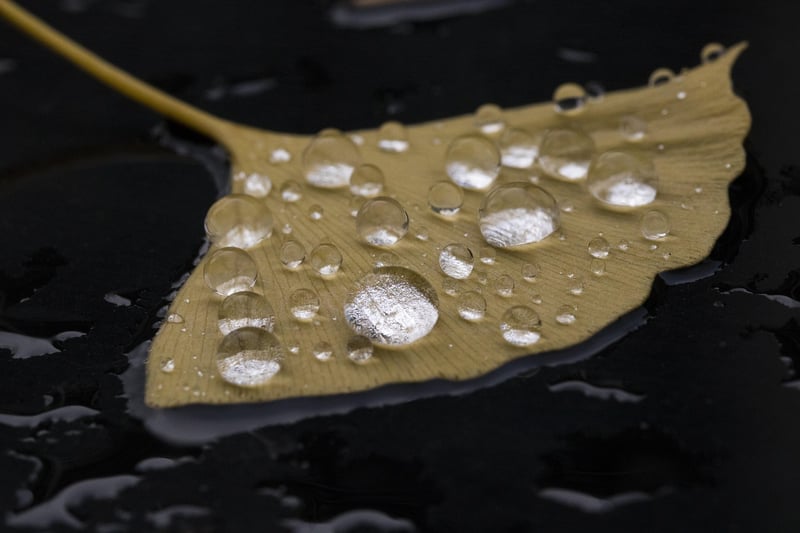Rainwater Harvesting
Eco-Friendly Gardening Methods + Rainwater Harvesting

Introduction
Creating a beautiful garden doesn't have to harm the environment. By incorporating eco-friendly gardening methods and practices like rainwater harvesting, you can nurture your plants while reducing your carbon footprint. Let's explore some sustainable gardening techniques that benefit both your garden and the planet.
Eco-Friendly Gardening Methods
1. Companion Planting: Pairing compatible plants together can help control pests naturally and improve soil health.
2. Mulching: Mulch helps retain moisture, suppress weeds, and enrich the soil. Use organic materials like leaves, straw, or compost.
3. Composting: Turn kitchen scraps and yard waste into nutrient-rich compost to feed your plants organically.
4. Avoid Chemical Pesticides: Opt for natural pest control methods like neem oil, diatomaceous earth, or insect-repelling plants.

Rainwater Harvesting
Rainwater harvesting is the practice of collecting and storing rainwater for later use in your garden. It is a sustainable method that conserves water and reduces your reliance on the municipal supply. Here are some benefits:
- Reduces water bills
- Provides chlorine-free water for plants
- Reduces stormwater runoff and erosion
- Helps maintain soil moisture during dry periods
To start rainwater harvesting, set up a simple system using rain barrels or a more elaborate setup with tanks and filtration systems. Ensure proper maintenance to keep the water clean and use it wisely in your garden.
Conclusion
Embracing eco-friendly gardening methods and incorporating rainwater harvesting into your routine can transform your garden into a sustainable oasis. By making small changes in your gardening practices, you can contribute to a healthier environment while enjoying the beauty of your green space.
